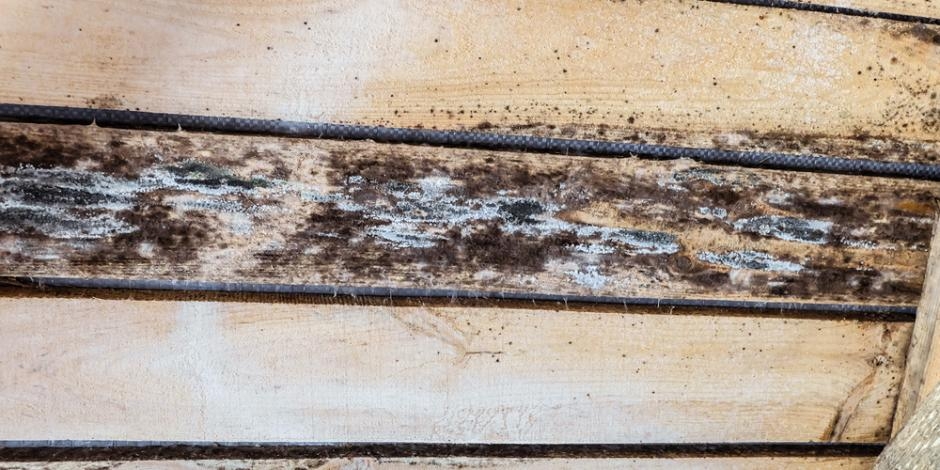
So, you ventured upstairs to your attic for the first time in a few months. That’s okay—it’s kind of cold and unpleasant up there in the winter anyway. You were just looking for a box to take out of storage, but lo and behold, you found something you weren’t looking for—and definitely aren’t happy to find: condensation (or maybe even frost) on the underside of your attic rafters.
Is this a problem you should be concerned about? Do you have a leak in your roof? Before you call a roofer for an expensive quote, here’s what you should know about how condensation can form in your attic, why it can lead to harmful fungal growth, and what you can do about it.
What Causes Attic Condensation?
The most common reason for condensation in your attic isn’t roof leaks—it’s poor attic insulation and a lack of air sealing. The reason for this is pretty simple: the air in your Charlotte-area home is warm during colder months because your heating system is running. The outdoor air, however, is much colder. When air leaks allow warm air to escape the living spaces in your home (or when poor insulation allows heat to transfer through your ceiling and warm your attic air), it runs into colder air. And when hot air meets cold air, condensation occurs.
If the temperatures are low enough, that condensation can eventually freeze, leading to frost. Or, the condensation in your attic can lead to fungal growth and unhealthy breathing air in your house. Either way, you’ll want to find a way to get the moisture out of your attic.
How Do I Prevent Attic Condensation?
With proper insulation and air sealing, you can slow the transfer of heat and air in and out of your home, helping to avoid the clash of hot and cold that is currently creating moisture in your attic.
Insulation and air sealing go hand in hand—many insulation materials aren’t as effective if exposed to moving air, and closing up air leaks alone won’t do much to prevent the transfer of heat through the building materials that make up your home. The two work best together!
The older your North Carolina home is, the more likely it could use an attic insulation upgrade—building science has come a long way in recent years, and it’s quite possible that there was never enough insulation installed in your home to begin with, or that over time, moisture or animals have ruined your existing insulation.
Schedule Your Free Energy Analysis with Standard Insulating Today
The best way to confirm that the condensation in your attic is related to issues with your insulation and air sealing is by calling Standard Insulating Company to book a free energy assessment with our team. We’ll get up in your attic to inspect and measure your insulation levels, and check other areas of your house as well, like your basement or crawl space.
After your assessment, we’ll be able to recommend the best home improvement upgrades that will not only help you keep your attic dry and healthy, but will also improve your comfort and lower your energy costs.
